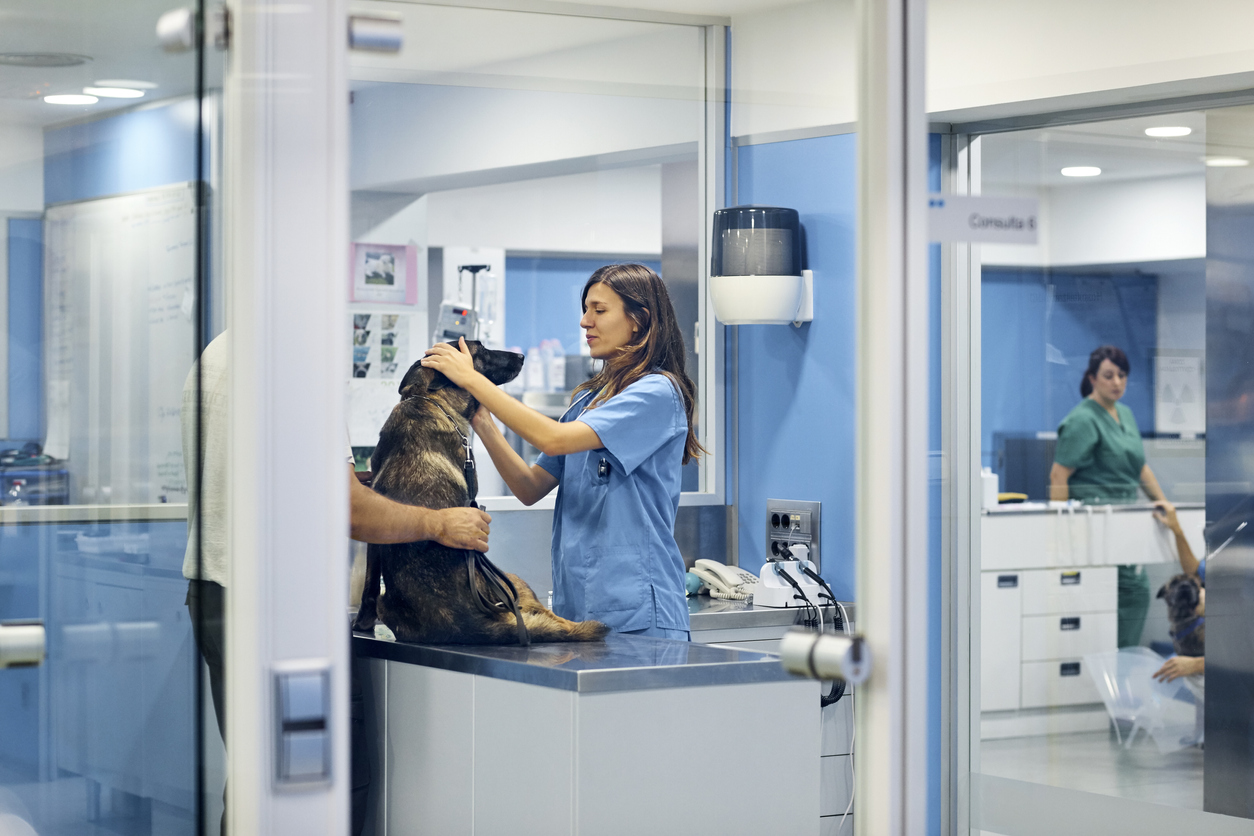- Home
- Science
- Our Work
- Air Pollution
- Agriculture, Farming and Pesticides
- Asthma and other Lung Diseases
- Coronavirus Pandemic (COVID-19)
- Exposure to Chemicals and Dust
- Exposure to Nanomaterials
- Human Exposure
- Neurodegenerative Diseases
- Musculoskeletal Disorders
- Occupational Cancer
- Sustainable Working
- Sustainability and Climate Change
- Stress, Wellbeing and Psychosocial Issues
- COVID-19 IOM Study of Face Coverings in Retail Environments
- Styrene Study
- PROTECT COVID-19 National Core Study
- Firefighters and Cancer – IOM Report
- MORtality Study of Former Professional Footballers in England and Wales (MORSE) Study
- Our Scientists
- Our Expertise
- Nano Material Services
- Development and Management of Data and Information Systems and Services
- Ergonomics Design and Evaluation
- Epidemiological Studies & Methods
- Exposure Assessment
- Health Impact Assessment (HIA) and Risk Assessment
- Policy Evaluations
- Study Design and Statistical Analysis
- Systematic Reviews and Meta-analyses
- Toxicology
- Workplace Cluster of Disease
- IOMLIFET
- IOM Scientists Advocate Tighter Standards for Airborne Dust at Work
- Research Project on Work Related Musculoskeletal Disorders
- Styrene Study
- Firefighters and Cancer – IOM Report
- IOM Library
- Contact our Research Experts
- Our Work
- Occupational Hygiene
- Case Studies
- Air Quality Sensors
- COSHH Assessment
- Dust Exposure
- Environmental Management
- Face Fit Testing
- Hand-Arm Vibration
- Indoor Air Monitoring
- Laboratory Animal Allergens
- Legionella Risk Assessment
- Local Exhaust Ventilation
- Noise Monitoring
- Thermal Exposure Monitoring
- Workplace Exposure Limits (WELs)
- Welding Fumes
- Remote Monitoring Services
- Formaldehyde Exposure Monitoring
- Biological Agent Exposure Monitoring in Waste Management
- Chromium VI
- Occupational Hygiene – Quick Quote
- Lab Services
- Asbestos and other Fibres
- Asbestos Sample Testing
- Asbestos Proficiency Testing
- Dust and Crystalline Silica
- Lead in Paint
- Metals, acid anions, acid gases
- Microbiology
- Pharmaceuticals
- Solvents & Other Organic Chemicals
- Hazard Assessment and Toxicology
- Dustiness Testing of Bulk Powders
- Testing the effectiveness of protective coverall and PPE
- Lab Services Quick Quote
- Hospital Ventilation
- Authorising Engineer
- Dentistry Post Lockdown
- Design Review
- Independent Review
- Diathermic pen and Electro surgical tool testing
- Microbiological Monitoring
- Systems Refurbishment and Upgrade
- Validation and Verification Testing
- HSE COVID-19 Spot Check Inspections
- Training
- Contact Our Hospital Ventilation Experts
- Consultancy
- Our Company
- Contact Us

Laboratory Animal Allergens
Animal allergens are considered a hazardous substance and long-term exposure can cause ill-health effects. Exposure to animal allergens occurs when people are exposed to urine, fur, hair, dander, saliva, droppings and serum sources.
Under the COSHH regulations, employers must prevent, or if this is not reasonably practicable, adequately control the exposure of employees to hazardous substances, including animal allergens.
Control measures must be in place for animal technicians, scientific staff, students, cleaning, maintenance staff, and lab visitors.
Typical symptoms include rhinitis, conjunctivitis and skin rashes. The condition may not only affect a person’s health but their ability to continue working within an animal laboratory environment.
How our experts can help:
- Allergen exposure monitoring to assess the concentration of allergens within the animal facility and to assess current levels of control.
- Task-based exposure monitoring, e.g. cage cleaning, filter changes, animal handling.
- Airflow measurements to calculate the number of air changes within rooms.
- Local Exhaust Ventilation (LEV) thorough examination and testing.
- Face fit testing of Respiratory Protective Equipment.
- Assistance with risk assessment requirements.
- Auditing assessments and safe systems of work.
For more advice, or to speak to an Occupational Hygienist complete the quick quote form below.
20 to 30 percent of individuals working with laboratory animals will develop an allergic reaction to animal proteins and five to ten percent of individuals will develop asthma because of working with laboratory animals.

